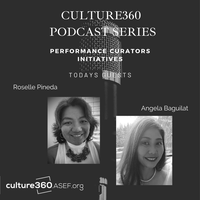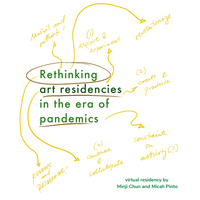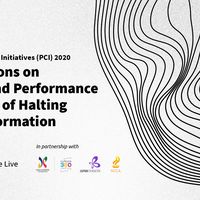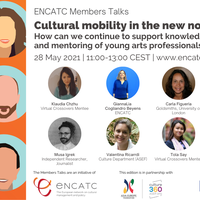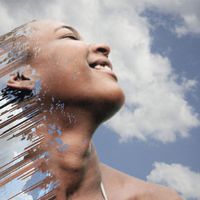NEW INSIGHTS, NEW FORESIGHTS: Musings on the Performance Curators Initiatives' Virtual International Symposium 2020
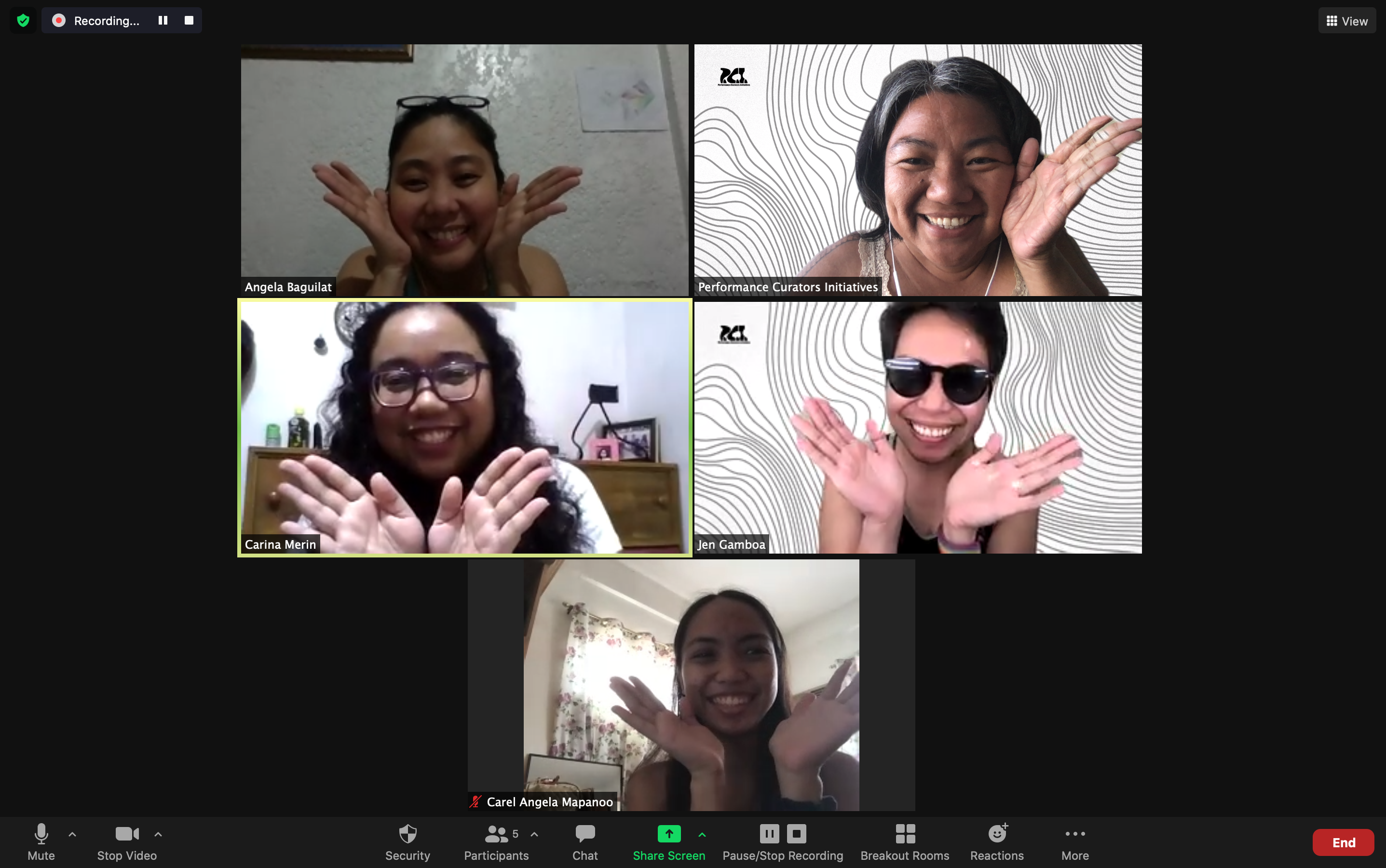
Last October, the Performance Curators Initiatives (PCI), a global network of performance curators based in the Philippines, held its second international symposium entitled "Conversations on Curation and Performance in the Time of Halting and Transformation." In partnership with the Japan Foundation-Manila, ASEF Culture 360, and the National Commission for Culture and the Arts, the symposium was held fully online and partly streamed publicly via the PCI's YouTube Channel, and was attended by number of 40-50 participants globally; as thought-provoking presentations by speakers from different parts of the world highlighted the programme.

Anyone who has been in a conference or symposium probably has experienced the excitement of gaining new insights. Whether an idea or question that comes up during the said event or afterwards, or sometimes even much later, an idea that we have overlooked unexpectedly strikes us with new force. A good group discussion becomes a community of like-minded individuals. We share perspectives, questions, insights, and surprises. We get to help each other resolve questions, raise new ones, in a creative process that connects these discussions to our everyday life. And most interesting of all, these group discussions help us seed future collaborations.
It is this kind of experience, I believe, that makes symposiums worthwhile. But will these experiences persist during this time of pandemic and quarantine whilst being submerged in a webinar-saturated virtual space? It is from these questions that I have the privilege to reflect on the symposium, its format, its programming/curation, and yes, even its time-based impact in and within the many participants of the event.
TECHNICAL CHALLENGES and VIRTUAL IMPRESSION
We had about two months to prepare and only a five-woman team to organize the said event, namely, PCI Artistic Curator, Roselle Pineda, PCI Manager Angela Lawenko-Baguilat, Visual Designer Carel Mapanoo, Technical Manager Jennifer Gamboa, while myself, in charge of the publicity aspect of the symposium. After much deliberation on the limitations and potential of online meetings, coordination, and humorous small talks in-between, we managed and figured out a way to persevere and make it happen—a free online virtual international symposium focused on enabling global conversations on the role of curation in reimagining and rethinking performance in these transformative times. As anyone who has organised a similar event will know, this was a lot of work. We worried about everything, including whether enough people would attend, given the different time zones, about navigating this relatively new platform, and the quality of participant-engagement in the conversation, especially given that PCI used to focus on small and intensive conversations/symposiums rather than big events. But PCI Curator Roselle Pineda has always emphasised the centrality of "care" or "curare" (to care) in PCI's manner of work, and as such, if we do our best to be care and be care-ful of how we treat every aspect of our event, hoping that this center would emanate in the diverse people who will choose to engage with us during the symposium.
As for me, one of the important tasks after choosing and inviting presenters and moderators was to create and sustain a virtual presence—we had to advertise and make an attractive impression until the symposium itself. Since quarantine started, we were limited to online advertising so we had to plan it carefully. A month before the symposium, we kept consistent online presence through our social media accounts (Facebook and Instagram) and website to keep and hopefully increase our followers. We also decided to create virtual Exchange Café sessions during the conference so we could invite and offer registrants a chance to pitch about their work to foster more engagement.
In this digital era we are living, one would think that it would be easy to communicate and invite and engage people. But it is not. People's attention can be grabbed by anything and everything they encounter online, so making an event more visible and inviting people in this saturated virtual space whilst experimentally navigating the platforms to be used (Zoom and YouTube Live) proved to be challenging for the whole team. We learned new things—social media analytics and logistics, technical knowledge on streaming, and effective coordination techniques despite the disjointed communication due to location and time zone differences even among our team members.
An interesting thing to note about free virtual conferences or symposiums was that the number of social media engagement and registrants does not necessarily equate to the actual number of participants. Free online events offer participants the freedom to cancel or easily disengage from the event itself. But this is all part of the learning process of delving into this platform for the first time. In fact, we were always reminded that our objective was to promote conversations about curatorial practices as well as research on 'publics' or perceived publics and the nature of engagement that happens in these formats. Hence, we dove into the symposium more with a researcher's mindset, with lots of questions, learning to navigate everything, and getting excited about discoveries in practice, whether small or big, and yes, taking stock of the situations we encountered.
It was both exciting and nerve-wracking, veering away from the usual way of thinking and planning a symposium. It made one think, are we ready for this boldness, is this the right time to be bold, when we are holding so dearly to what was, the old normal, what we knew, and the world as we knew it? But PCI has always been about fostering timely conversations on the principles and methods of performance curation and as such, a big part of its existence is founded on the "contemporary" and its many facets. One thing was certain, both the process of making the symposium and the symposium in itself, resulted in a series of questions and provocations, rather than a series of tick boxes that needed to be accomplished.

SYMPOSIUM HIGHLIGHTS
Despite the differences in time zones, intermittent internet connection, and some technical glitches, our presenters still pushed through and readily engaged with the participants.
The conversations started with a keynote provocation from Dr. Amelia Jones, a world-renowned performance theorist and art historian from the University of Southern California, USA. She talked about the critique of "structural racism of art institutions," connecting to "curating and organizing" via her discussion of "radical activist performance." Decolonization was an integral part of her session.
The following session was of Dr. Dena Davida, a dance anthropologist and former Artistic Curator of Tangente Danse in Montreal, Canada. She explained the "predicament of the art world in reacting and adapting to the economic, social, and aesthetic outcomes of Covid-19, Black Lives Matter and climate change”. Prof. Eileen Legaspi-Ramirez from the University of the Philippines, Diliman, responded to Dr. Davida by reminding us of the precarity of our situation, and how one might navigate it with as much positivity and as much reality-checks as possible; a truly "mind-tickling provocations," quoting from one of our participants.
The third day's session introduced Ms. Myra Beltran of WifiBody.Ph and Dr. Piersandra Di Matteo, Artistic Curator of the Atlas of Transitions Biennale from 2018-2020 in Bologna, Italy. The thought-provoking conversation explored digital performance spaces, how bodies perform—projected and perceived—in these said spaces, as an alternative platform in this time of physical distancing, and its implications, challenges, and limitations.
On day four, discussions centered on the concept of "space" in and of performance, and how it is continuously redefined and adjusted amidst Covid-19 related restrictions. Eri Karatsu, Artistic Director of Dance Base Yokohama (DaBy) in Japan talked about how DaBy optimized the use of online platforms—live streams and recordings—as an attempt to create what in the words of Ms. Lilia Mestre, Artistic Curator of Advanced Performance and Scenography Studies (a.pass) in Belgium, "intimacy in a distance". Creating a semblance of relationships that could be built between curators, performers, spectators, and all involved in a performance, through "[scores] as infrastructure of encounter." It went to show how communal or collective a performance is, no matter how space is perceived.
Day five brought up sharing of curatorial experiences in their respective practices by Mr. Paschal Berry, the Curator of Programs and Learning at the recently concluded 22nd Biennale of Sydney and now Head of Learning and Participation for the Art Gallery of New South Wales, and Dr. Brogan Bunt, Head of the School of Arts, English and Media at the University of Wollongong in Australia. It was a provocative intervention in the manner in which we think about art practice and social engagement that led to reflective questions on the value of aesthetics in socially engaged community arts and how this might be reconfigured into practice rather than only being view as a philosophy. Moreover, on how aesthetics informs the curatorial query in relation to the period of transformation that we are in, and vice versa, how engaged curation transforms aesthetic experience.
The last day was a culmination of the previous conversations. Ms. Donna Miranda's contextualization of SAKA's (Sama-samang Artista para sa Kilusang Agraryo) socially-engaged art practices, as well as Prof. Angela Baguilat's reflections on her experience in managing AARPS’ (Aurora Artist Residency Program and Space) community-based live arts projects, brought forward the theories and ideas discussed into practice, in relation to the community.
What do we give back to the community when we take and involve them in creating and/or curating live arts? Are we aware of the ethical responsibilities that we may have in this context? What are our responsibilities to the community? And how are our creative practices transform through these community-engagements. Such are some of the questions that led to our closing provocation.
Roselle Pineda closed the week-long symposium with a provocation that was an invitation to think and act on what we saw, heard, and learned in our conversations—to provoke a response. To care but also ask the hard questions in our practice, where do we stand in relation to the people that we work with, what kind of ethical responsibilities do we have in the practice of care for our communities, and what are we willing to give or give up in the process. What we shared during the PCI 2020 Symposium could be seen as invitations that provided us with a chance—an opportunity to contemplate, improve, and transform—in this time of halting.
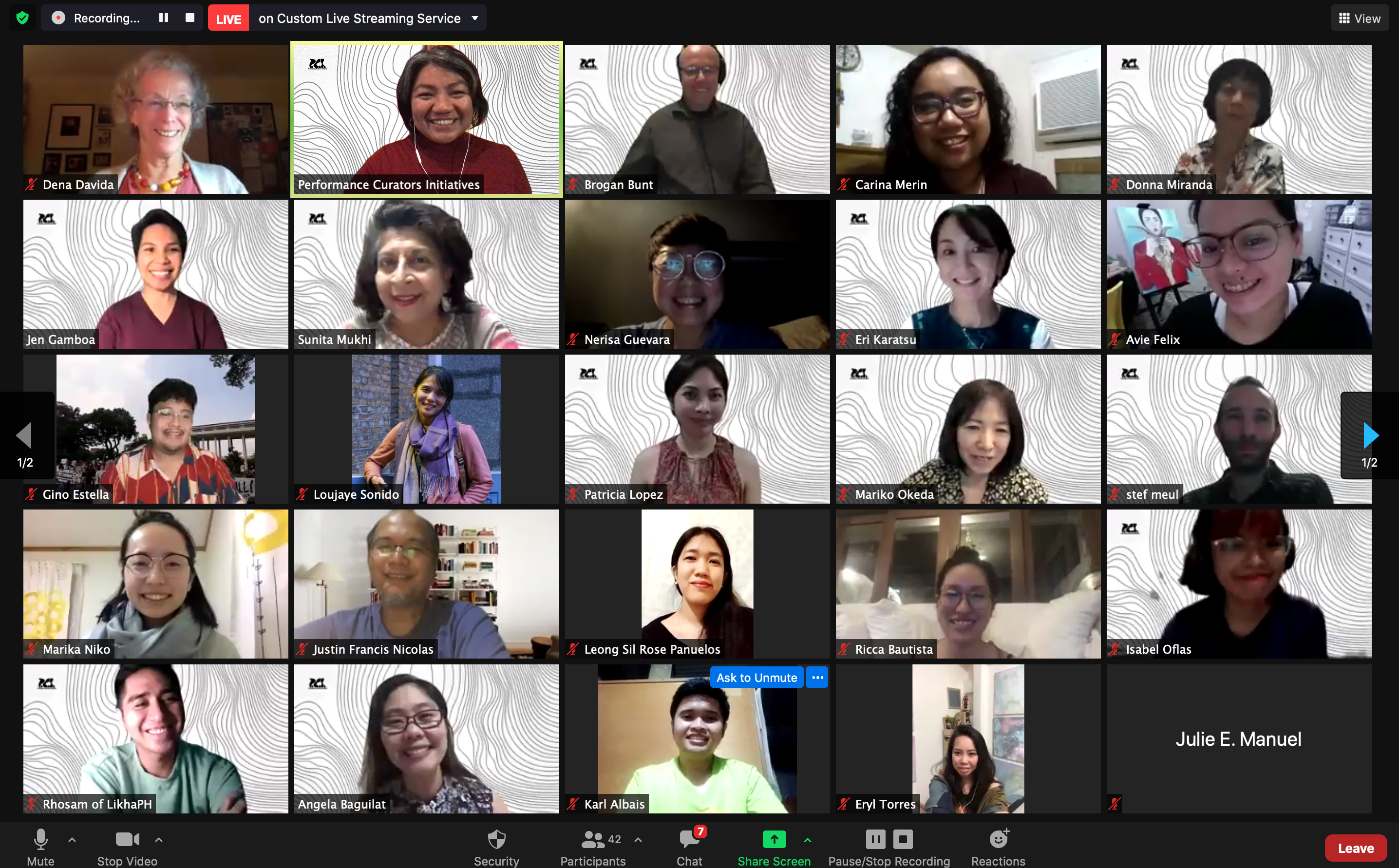
SYMPOSIUM AS THE PEOPLE
The symposium lasted 6 days, less than one week, and it was but a short event in our life. Nevertheless, it was quite a learning experience. Despite the technical struggles, I think that it was a virtual success, it did not fail to foster new connections, and maybe even, a sense of community. My impression is that the PCI Symposium was not just a symposium but rather the coming together of the people involved—the organizers, presenters, moderators, and participants themselves—as everyone involved explored the themes and topics in depth, tried out ideas, reconsidered simple answers, synthesized interpretations, and gained new insights about curation and performance in this time of halting and transformation.
In true PCI spirit, many of the connections and relationships forged in the symposium amongst the participants have blossomed into new conversations and even new partnerships and collaborative projects and research. As for me, what I know is that whatever form it takes, I am already a part of the PCI family, and I look forward to attending or taking an active part in the next PCI project.
Carina Merin is a researcher and cultural docent. She graduated with a BA in Art Studies from the University of the Philippines, Diliman. She worked as a content creator, publicity officer and technical director for the PCI International Symposium 2020.
Similar content
01 Dec 2020
from - to
05 Oct 2020 - 10 Oct 2020
from - to
28 May 2021 - 28 May 2021
from - to
25 Mar 2022 - 06 May 2022

